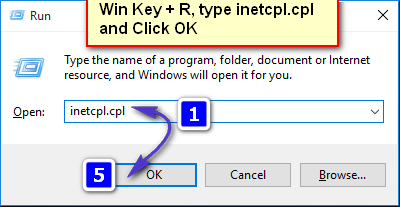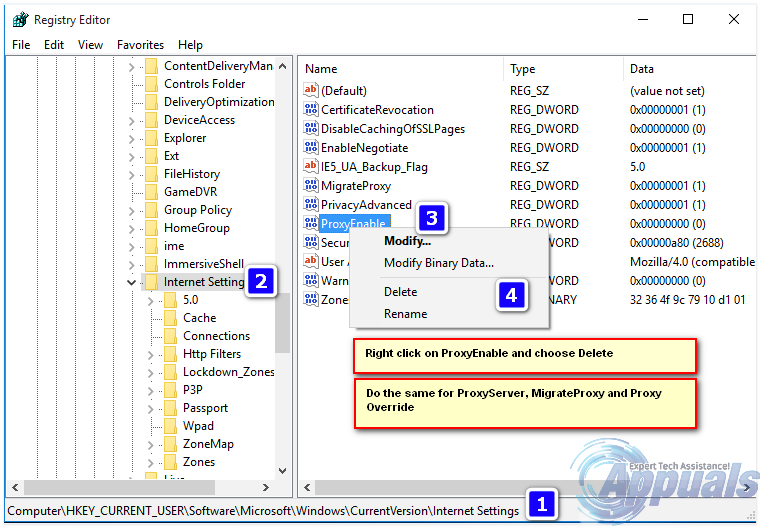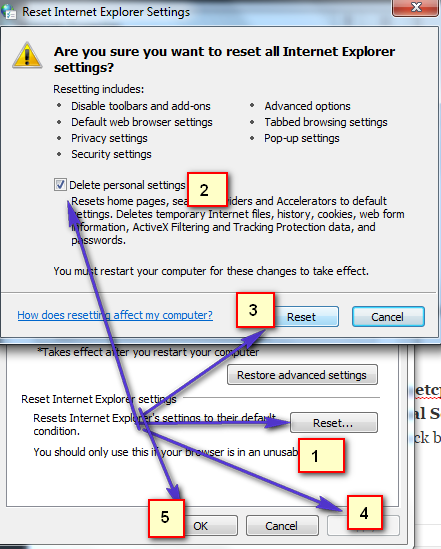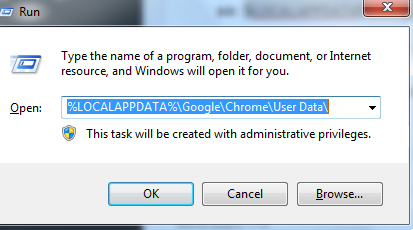FIX: The Proxy Server Isn’t Responding
The error shows up after opening apps like Internet Explorer or TurboTax—these apps can’t connect to the internet, even though browsers like Firefox work fine. “The proxy server isn’t responding” means Windows is trying to send internet traffic through a proxy that isn’t working.

This usually happens because of wrong proxy settings, often left over from VPNs, malware, or programs that change network settings (like Fiddler). Sometimes, it also happens if workplace network scripts stay active after you disconnect.
1. Check Internet Properties
Checking Internet Properties can show if there are hidden proxy settings sending traffic through the wrong address.
Turning off manual proxy settings or auto setup scripts here will let your computer connect to the internet directly again.
- Hold the Windows Key and Press R. Type inetcpl.cpl and click OK.

- Go to the Connections tab, and then click on LAN Settings. Make sure the box next to “Use a Proxy Server for your LAN” is unchecked. If it is checked, uncheck it, then click OK, Apply, and OK again.

- Once you’ve done that, restart your PC and test your internet connection. If the error message still appears, proceed to the steps below.
2. Change Proxy Settings via Registry Editor
If you can’t change proxy settings normally because they’re locked or broken, you can use the Registry Editor to fix them. By editing or deleting the proxy settings in the Registry, you make sure nothing is secretly changing your internet connection.
- Hold the Windows Key and Press R. Type regedit in the Run dialog and click OK.
- Go to File → Export, give your backup a name like “backupreg,” and click Save. If needed, you can restore this backup later by choosing File → Import.
- After you’ve backed up your registry, navigate to the following path:
Computer\HKEY_CURRENT_USER\Software\Microsoft\Windows\CurrentVersion\Internet Settings
- In the right pane, find the ProxyEnable entry. Right-click it and select Delete. If you also see ProxyServer, Migrate Proxy, or Proxy Override, right-click and delete these as well.

- Now, reboot your PC and test your connection again. If the proxy issue remains, try the next section.
3. Reset Your Web Browsers
If you’re on Windows 10 and using Microsoft Edge, follow the steps here: reset Edge. Otherwise, choose your browser below for instructions.
In the Run dialog, type inetcpl.cpl and press Enter.
Go to the Advanced tab and select Reset. Put a checkmark on Delete Personal Settings, then click the Reset button. This will not delete your bookmarks, but you may need to restore them by pressing CTRL + SHIFT + B or by visiting the bookmarks menu.

Exit Google Chrome completely.
Use the shortcut Windows key + R to open the Run dialog.
In the window, enter:
Windows Vista / 7 / 8 / 10:
%LOCALAPPDATA%\Google\Chrome\User Data\

Find the folder named “Default” and rename it to “Backup default.”
Try opening Google Chrome again. A new “Default” folder will be created automatically.

If your browsers start working after resetting, your system was likely affected by adware or unwanted software. To prevent the problem from coming back, use AdwCleaner (search for it online), download and install it, then run a scan to remove any adware found.
If you still see the proxy server isn’t responding error, perform a full system scan with your antivirus software and remove any threats. If the issue persists, try temporarily uninstalling your antivirus, anti-malware, VPN, or any other security software, then test your connection again. If this fixes your internet, reinstall your security software; this resets the necessary firewall and antivirus rules.
Also, check out Windows could not automatically detect this Network’s Proxy settings for more troubleshooting help.